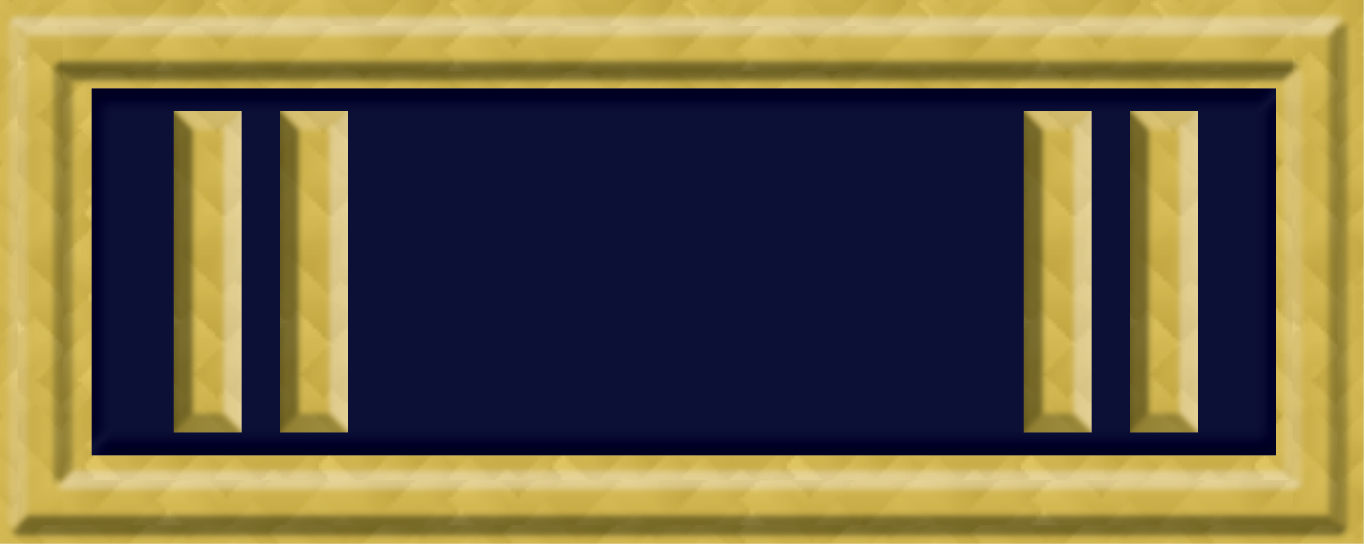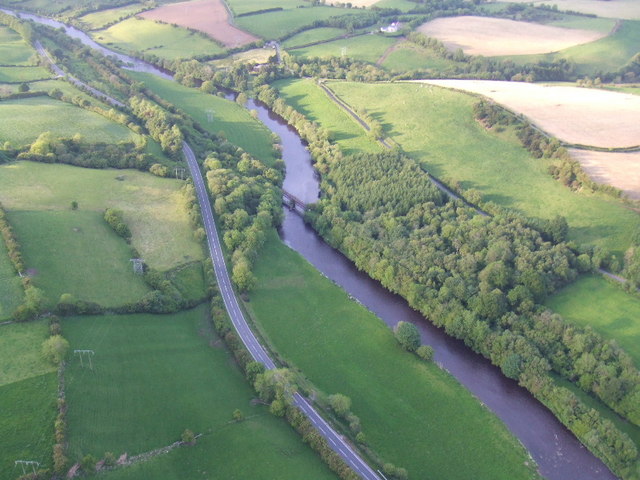|
James Hagan (Confederate Colonel)
James Hagan (June 17, 1822 – November 6, 1901) was a United States Army captain during the Mexican–American War and a Confederate States Army colonel during the American Civil War (Civil War). He was a prosperous businessman and planter at Mobile, Alabama, between the wars. Although he commanded a brigade during most of 1863 and from August 1864 until the end of the war, he was never appointed a brigadier general by Confederate President Jefferson Davis or confirmed as a general officer by the Confederate Senate. Early life James Hagan was born in County Tyrone, Ireland on June 17, 1822.Allardice, Bruce S. ''More Generals in Gray''. Baton Rouge: Louisiana State University Press, 1995. . (pbk.). p. 111.Eicher, John H., and David J. Eicher. ''Civil War High Commands''. Stanford, CA: Stanford University Press, 2001. . p. 598. His family moved to a farm near Philadelphia, Pennsylvania, when he was still at an early age. He was educated at Clermont Academy in Philadelphia. He ... [...More Info...] [...Related Items...] OR: [Wikipedia] [Google] [Baidu] |
County Tyrone, Ireland
County Tyrone (; ) is one of the six counties of Northern Ireland, one of the nine counties of Ulster and one of the thirty-two traditional counties of Ireland. It is no longer used as an administrative division for local government but retains a strong identity in popular culture. Adjoined to the south-west shore of Lough Neagh, the county covers an area of and has a population of about 177,986; its county town is Omagh. The county derives its name and general geographic location from Tír Eoghain, a Gaelic kingdom under the O'Neill dynasty which existed until the 17th century. Name The name ''Tyrone'' is derived , the name given to the conquests made by the Cenél nEógain from the provinces of Airgíalla and Ulaid.Art Cosgrove (2008); "A New History of Ireland, Volume II: Medieval Ireland 1169-1534". Oxford University Press. Historically, it was anglicised as ''Tirowen'' or ''Tyrowen'', which are closer to the Irish pronunciation. History Historically Tyrone (then T� ... [...More Info...] [...Related Items...] OR: [Wikipedia] [Google] [Baidu] |
Mexican–American War
The Mexican–American War, also known in the United States as the Mexican War and in Mexico as the (''United States intervention in Mexico''), was an armed conflict between the United States and Second Federal Republic of Mexico, Mexico from 1846 to 1848. It followed the 1845 American annexation of Texas, which Mexico still considered its territory. Mexico refused to recognize the Treaties of Velasco, Velasco treaty, because it was signed by President Antonio López de Santa Anna while he was captured by the Texan Army during the 1836 Texas Revolution. The Republic of Texas was ''de facto'' an independent country, but most of its Anglo-American citizens wanted to be annexed by the United States. Sectional politics over slavery in the United States were preventing annexation because Texas would have been admitted as a slave state, upsetting the balance of power between Northern free states and Southern slave states. In the 1844 United States presidential election, Democrat ... [...More Info...] [...Related Items...] OR: [Wikipedia] [Google] [Baidu] |
Gulf Coast Of The United States
The Gulf Coast of the United States, also known as the Gulf South, is the coastline along the Southern United States where they meet the Gulf of Mexico. The coastal states that have a shoreline on the Gulf of Mexico are Texas, Louisiana, Mississippi, Alabama, and Florida, and these are known as the ''Gulf States''. The economy of the Gulf Coast area is dominated by industries related to energy, petrochemicals, fishing, aerospace, agriculture, and tourism. The large cities of the region are (from west to east) Brownsville, Corpus Christi, Houston, Galveston, Beaumont, Lake Charles, Lafayette, Baton Rouge, New Orleans, Gulfport, Biloxi, Mobile, Pensacola, Navarre, St. Petersburg, and Tampa. All are the centers or major cities of their respective metropolitan areas and many of which contain large ports. Geography The Gulf Coast is made of many inlets, bays, and lagoons. The coast is intersected by numerous rivers, the largest of which is the Mississippi Riv ... [...More Info...] [...Related Items...] OR: [Wikipedia] [Google] [Baidu] |
Attorney General
In most common law jurisdictions, the attorney general or attorney-general (sometimes abbreviated AG or Atty.-Gen) is the main legal advisor to the government. The plural is attorneys general. In some jurisdictions, attorneys general also have executive responsibility for law enforcement, prosecutions or even responsibility for legal affairs generally. In practice, the extent to which the attorney general personally provides legal advice to the government varies between jurisdictions, and even between individual office-holders within the same jurisdiction, often depending on the level and nature of the office-holder's prior legal experience. Where the attorney general has ministerial responsibility for legal affairs in general (as is the case, for example, with the United States Attorney General or the Attorney-General for Australia, and the respective attorneys general of the states in each country), the ministerial portfolio is largely equivalent to that of a Minister of Justice ... [...More Info...] [...Related Items...] OR: [Wikipedia] [Google] [Baidu] |
Battle Of Monterrey In the Battle of Monterrey (September 21–24, 1846) during the Mexican–American War, General Pedro de Ampudia and the Mexican Army of the North was defeated by the Army of Occupation, a force of United States Regulars, Volunteers and Texas Rangers under the command of General Zachary Taylor. The hard-fought urban combat led to heavy casualties on both sides. The battle ended with both sides negotiating a two-month armistice and the Mexican forces being allowed to make an orderly evacuation in return for the surrender of the city. Background Following the Battle of Resaca de la Palma, Taylor crossed the Rio Grande on 18 May, while in early June, Mariano Arista turned over command of what remained of his army, 2,638 men, to Francisco Mejia, who led them to Monterrey.Bauer, K.J., 1974, ''The Mexican War, 1846–1848'', New York: Macmillan, On 8 June, United States Secretary of War William L. Marcy ordered Taylor to continue command of operations in northern Mex ... [...More Info...] [...Related Items...] OR: [Wikipedia] [Google] |



